TOP 10 Most Poisonous Plants
The first reason why some houseplants should not be kept at home is the poison in their leaves, stems, and flowers. They are physically dangerous for children and animals who like to taste everything. And for adults too – when transplanting or pruning, the poisonous milky juice can cause an allergy or a burn.
Dieffenbachia
A cute houseplant with variegated leaves is actually one of the dangerous plants for the home. Its stems contain caustic juice, which, if ingested, will negatively affect digestion and make breathing difficult. And on the surface of the skin, it can cause a serious burn. It is this aggressiveness that has led to the ban on growing dieffenbachia in kindergartens.
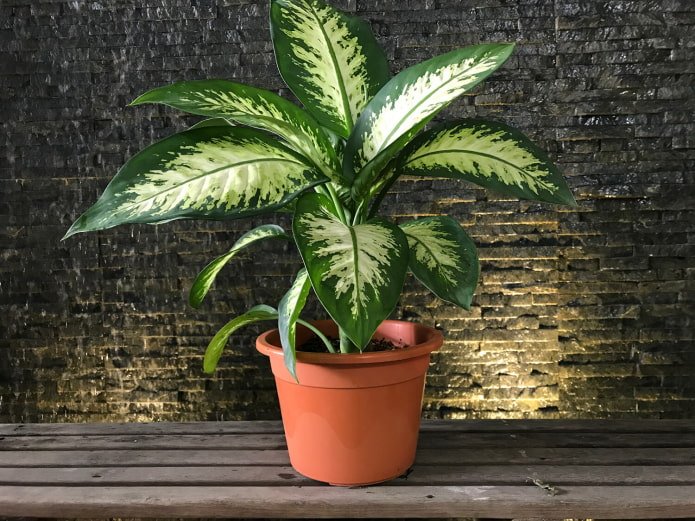
Important! When pruning, transplanting any plants containing poisonous juice, to avoid problems, work with gloves!
Euphorbia
The flower family of euphorbia plants belongs to cacti: if the latter are dangerous at most for their thorns, then this representative of the family contains dangerous milky juice in its stem. When it gets on the mucous membrane, it causes burns, dizziness, and nausea.
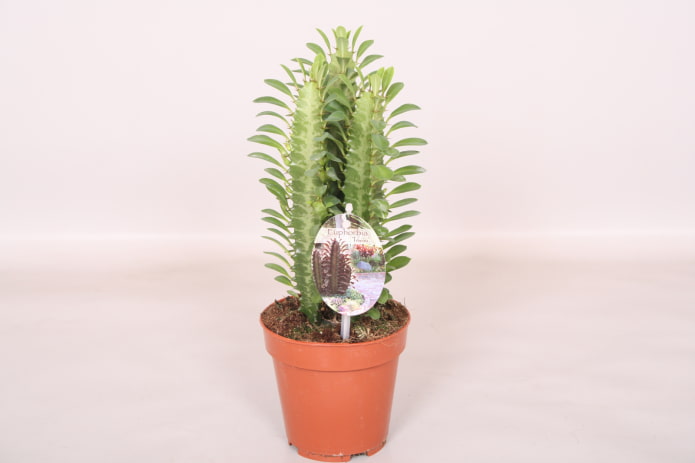
Aglaonema
Just by its appearance, you can tell that the plant belongs to the Araceae family, like Dieffenbachia. Since both species are native to the American tropics, their toxicity can be understood: during the course of evolution, the plants simply developed a working defense mechanism to avoid being eaten.
You can keep this houseplant at home, but place it in places inaccessible to pets and small children. The poison from the stems and berries corrodes the mucous membranes and causes allergies.
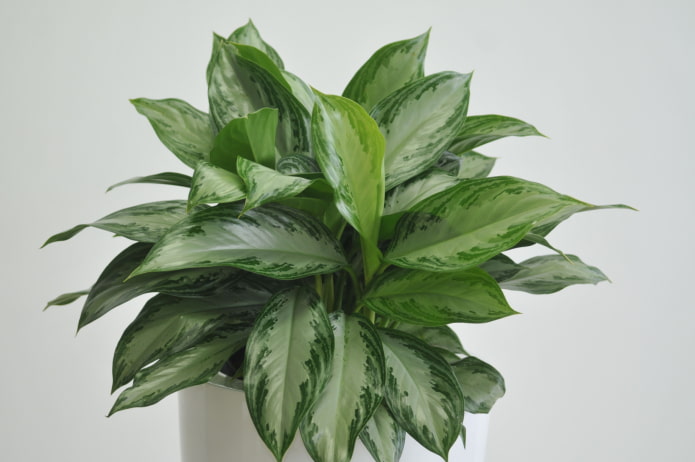
Amaryllis
The danger of the “room lily” is represented by the bulbs and white juice – they contain the alkaloid lycorine. In small doses, the substance is even useful – it has an expectorant, antiseptic, antitumor effect. But violation of the dosage will lead to severe nausea, vomiting.
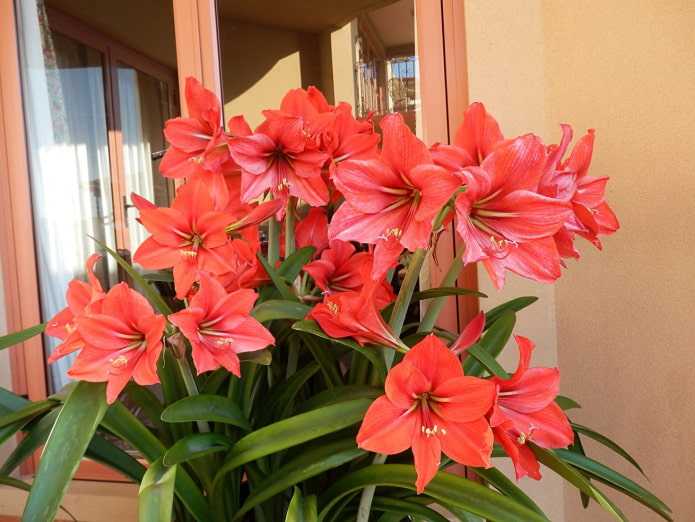
Cyclamen
Despite the fact that this houseplant cannot be kept at home, it often becomes an inhabitant of windowsills, thanks to its beauty. If you have already got such a pet or really want it, be vigilant: fresh juice from the stems and roots can lead to irritation of the mucous membrane, swelling, sore throat, difficulty breathing.
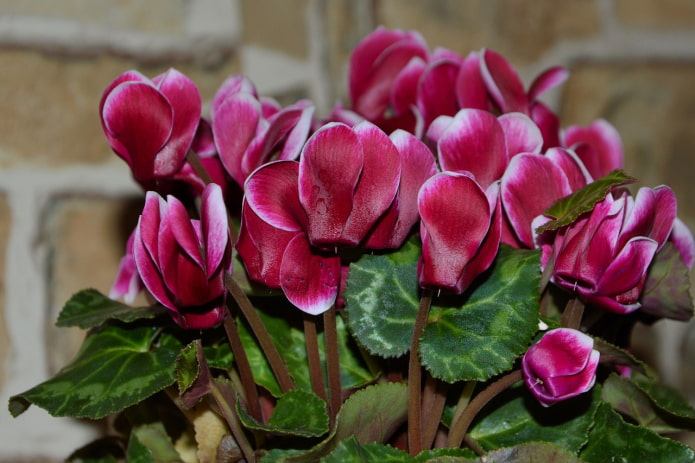
Ivy
This decorative liana has gained its popularity due to its easy care and active growth. The debate about the dangers of ivy does not subside, because not all varieties are poisonous. And in some plants, the poison is contained exclusively in the flowers. In any case, do not try the leaves and stems “by tooth”, just in case, keep the plant away from children and pets.
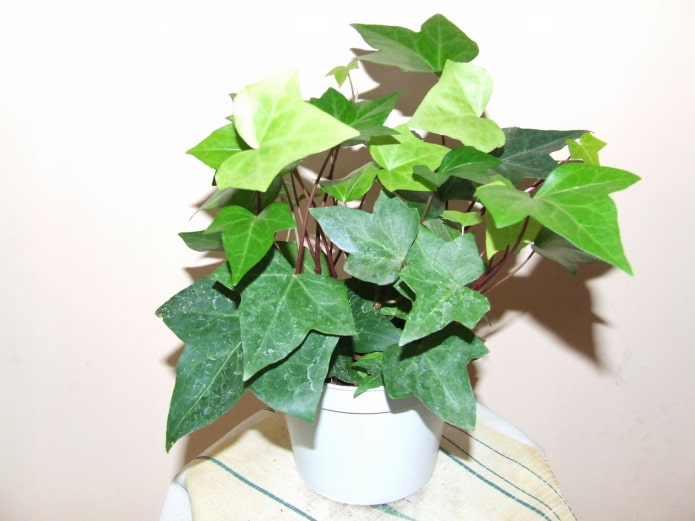
Oleander
The most beautiful tree with charming flowers is actually the most dangerous plant killer. One leaf can lead to poisoning with a fatal outcome, heart rhythm disturbance, getting juice in the eyes can lead to blindness, smoke from burning branches will cause serious poisoning.
Even the poison of a dried plant is dangerous. These indoor flowers should not be kept at home with a small child or curious animal.
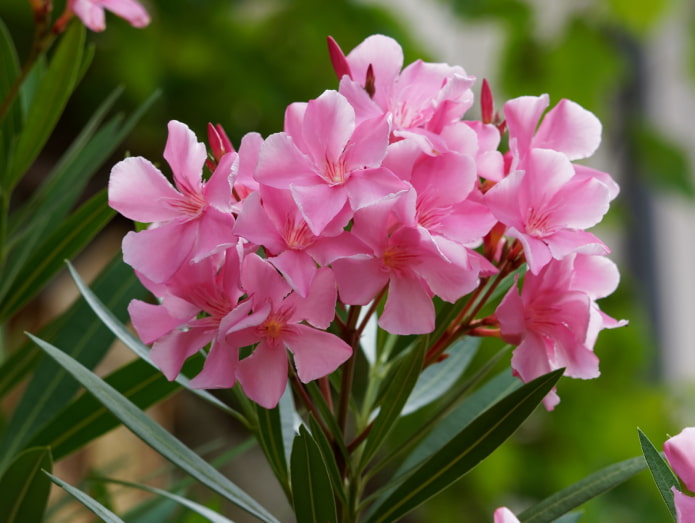
Sansevieria
Regardless of whether it is mother-in-law’s tongue or pike tail that lives on your windowsill, be careful: the fleshy leaves of the plant contain saponins. These substances are used in medicine as a wound-healing agent, but in large quantities and in pure form they can cause poisoning.
You should not be afraid to grow this plant or keep it at home: it is unpretentious, decorative, the main thing is not to eat the leaves.
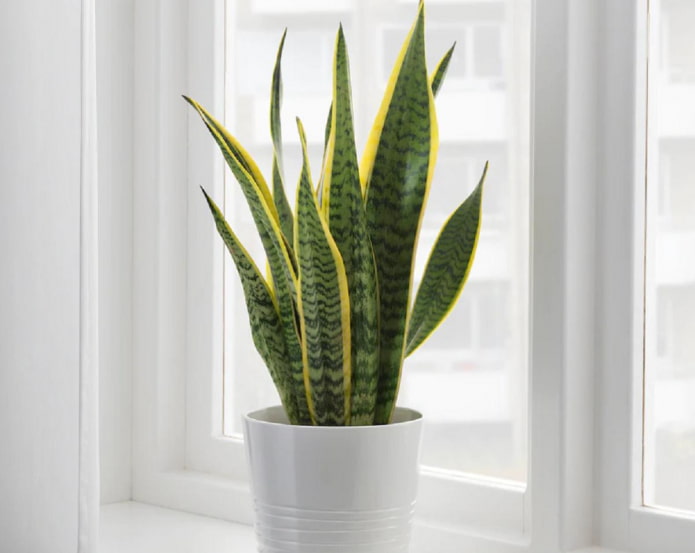
Azalea
This houseplant is as dangerous as it is beautiful. The leaves and delicate flowers of the tree contain andromedotoxin – if you eat one leaf, you will feel a strong burning sensation, then nausea and diarrhea will begin.
If you do not consult a doctor in time, the poison will cause disruption of the cardiovascular and nervous systems. Consuming large amounts can lead to coma and even death.
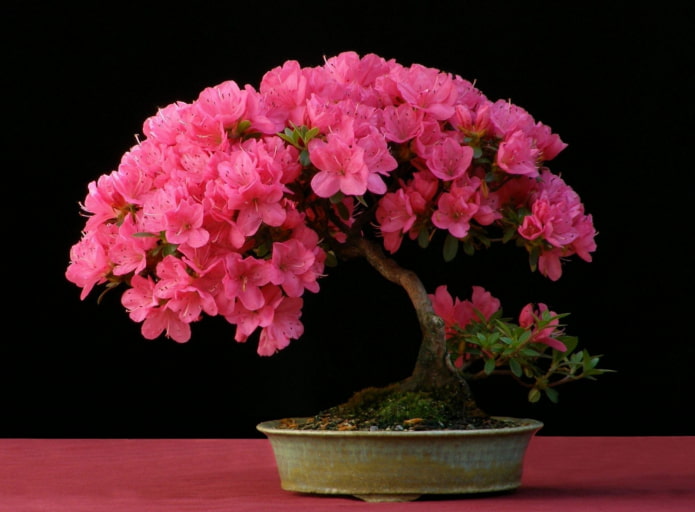
Ficus
Representatives of this species are probably in every home. The most dangerous are the fleshy varieties of the plant, such as Ficus elastica – they simply have more milky juice. On the skin, the “milk” causes irritation, swelling, and when ingested, it leads to dizziness, nausea, and difficulty breathing. Make sure that pets do not taste the plant, keep it away from children.
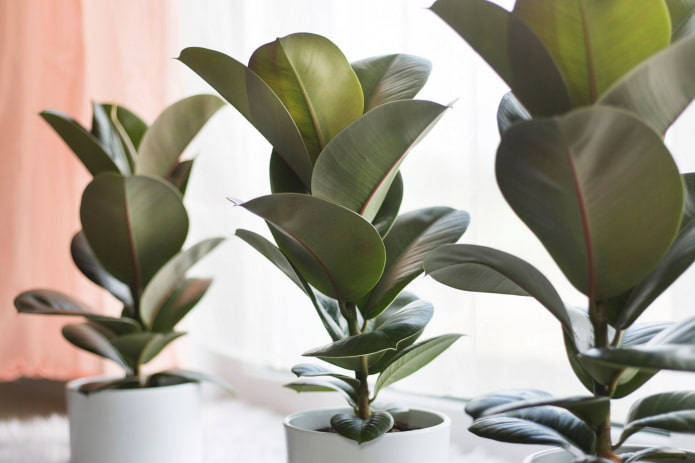
Important! Ficus trees clean the air well and attract dust to their leaves – if they are not cleaned regularly, dust can cause allergies. For the same reason, it is better not to keep them in the kitchen.
Which plants can cause allergies?
The danger of indoor flowers lies not only in the poison, you need to be no less careful with plants that cause sneezing, nasal congestion, red eyes. If you do not take measures in time, do not protect yourself from the developing disease, harmless symptoms can lead to asthma and other respiratory diseases.
Eucharis
The plant is practically harmless for the home until it blooms. Flowers of the Amazon lily contain a high concentration of essential oils, which, when released into the air and respiratory organs, cause severe allergies.
It is also undesirable to eat the plant – at high concentrations, the juice is toxic and causes poisoning.
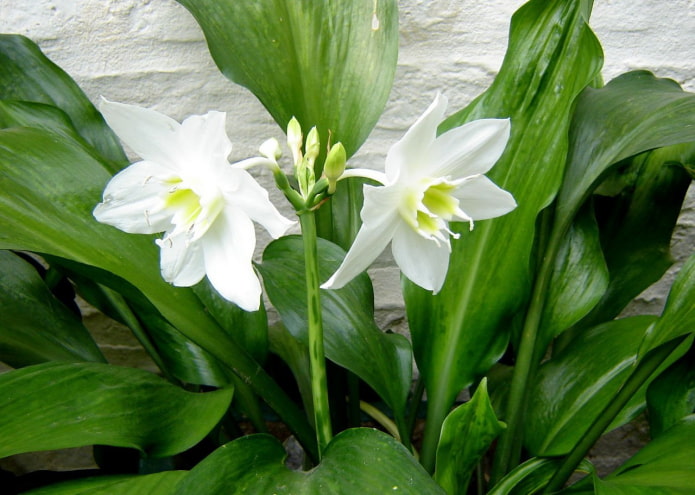
Pelargonium
This familiar fragrant flower is popularly called geranium – our grandmothers used it to decorate their windows. We will not go into detail about the differences between the species, we will just say one thing: no matter what you have on your windowsill, monitor the health of all family members.
The main “pest” is the aroma of the flower, it can cause allergies and even asthma. The juice is also considered toxic: if a pet tries the leaves, poisoning can occur.
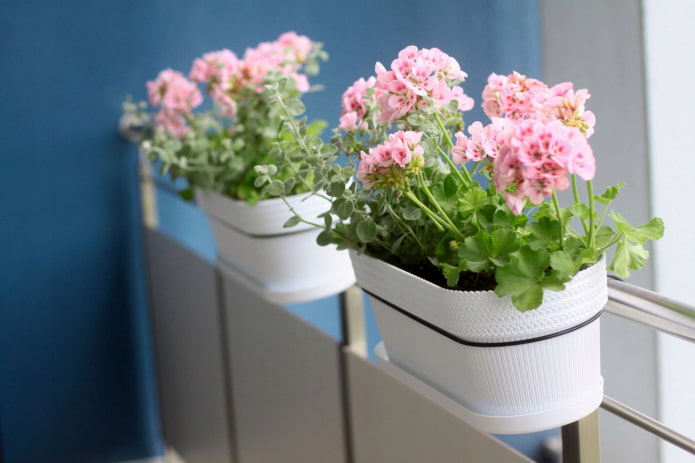
Violet
Small window flowers with fluffy leaves are loved by many gardeners for their neat appearance, many cute flowers, and pleasant smell. But in the house they can cause serious allergic reactions: from a runny nose or red eyes to bronchial asthma.
Allergy to violets is rare, but if you notice its manifestation in household members, it is better to get rid of the flower with such properties.
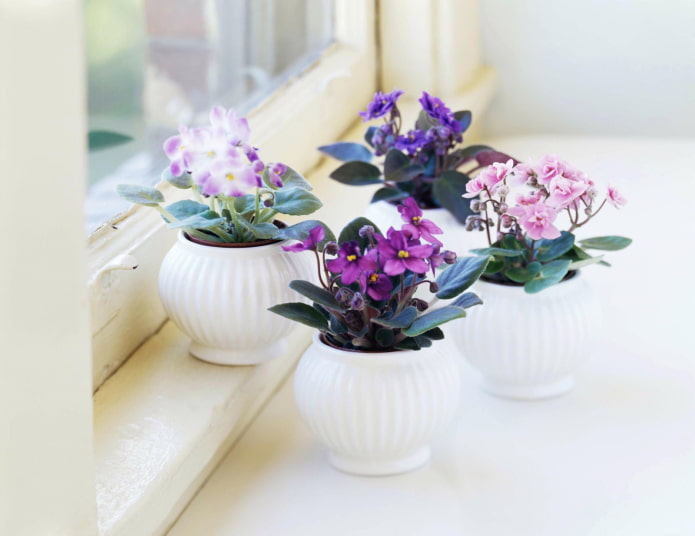
Palm
Surprisingly, even decorative deciduous varieties can cause sneezing, itching. In the case of palms, the “cones” with pollen are dangerous. They are present only on “male specimens”, so for keeping in a house with allergy sufferers, choose female representatives, or cut off the cones at the very beginning of growth.
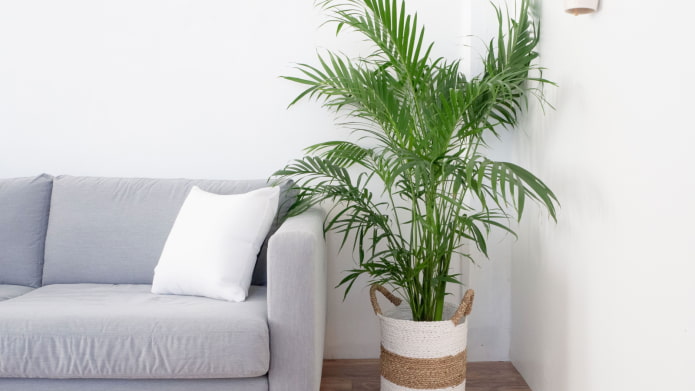
Important! It is believed that if the palm tree came to your house already adult, it negatively affects the energy – it is better to grow these plants yourself.
Hyacinth
You should be careful with this bright bulbous plant – a strong aroma causes not only a runny nose or sneezing, but also severe headaches. If you love hyacinths but can’t live with them in the same apartment, grow them in an open garden.
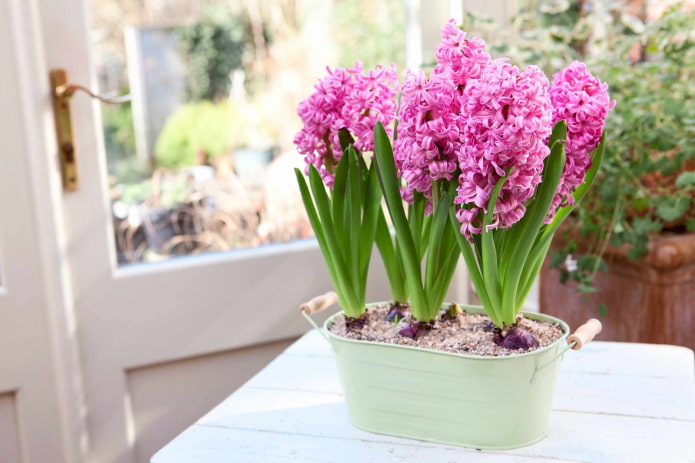
Important! Hyacinths are poisonous plants, mainly their bulbs are harmful, containing toxic juice, so transplantation is carried out in protective gloves.
Gerbera
Any asters in a closed room become dangerous due to the large amount of pollen they release during flowering: with constant contact, an allergy can develop even in people who are not prone to reactions.
Advice! To reduce the impact of allergens, get a fern: it is an excellent natural filter, perfectly purifies the air, and has a positive effect on the energy of the house.
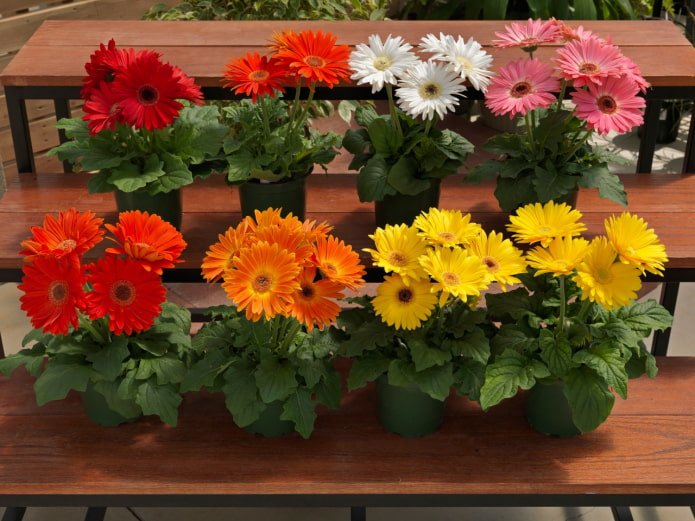
What are some folk signs?
Orchids have recently gained great popularity, many people grow more than one or even two flowers at home, filling all the shelves and windowsills with flowerpots.
It should be noted that the orchid is considered dangerous: according to popular belief, it sucks the energy out of the residents of the house. Most likely, this saying is connected with the fact that the orchid, with the help of aerial roots, obtains moisture and nutrients from the air.
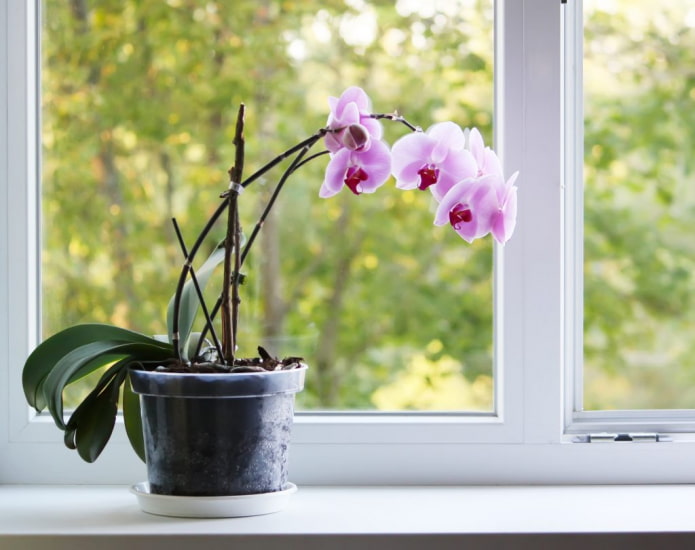
Another flower with aerial roots is monstera. Even its name, consonant with the word “monster”, already seems dangerous. Signs say that monsteras literally take away the vitality of household members, lead to apathy and depression.
In fact, there is only one danger – because of the large leaves, at night the plant absorbs oxygen from the room air and releases carbon dioxide. Therefore, you should not keep pots with it in the interior of the bedroom or children’s room – this threatens sleep disturbances up to insomnia.

Single girls dreaming of marriage need to get rid of cacti at home – it is believed that they drive away men. Also recognized as husband-killers are vines scindapsus, climbing hoyas, cissus, green cypresses.
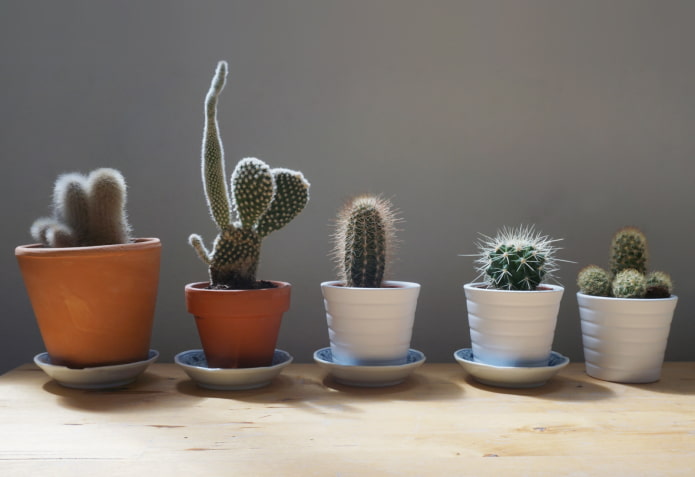
Feng Shui prohibitions
Chinese philosophy does not share the beliefs that say which flowers cannot be kept at home and why. Feng Shui rather talks about where which flowers should be planted.
The main rule of choice is sympathy: you should like the plant, otherwise it will not grow, bring positive emotions. Sick, old, dying houseplants should also not be kept on windowsills in the house – they are energy vampires, generate negative emotions.
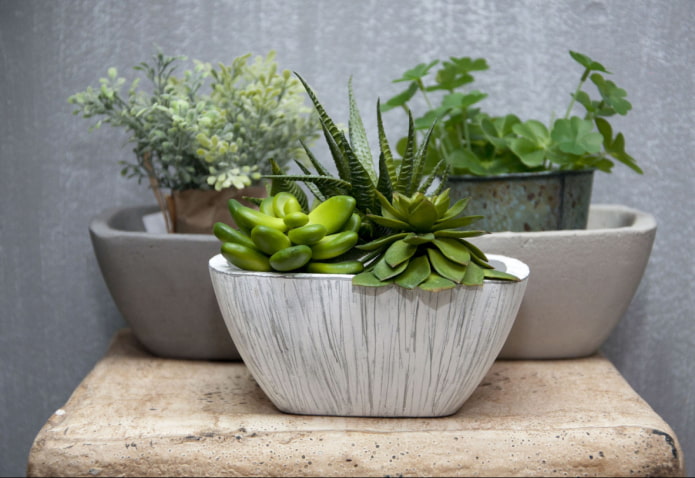
According to Feng Shui experts, cacti, some succulents, yucca, and ehmeya have heavy energy. At a minimum, they should not be placed in the bedroom, and at a maximum, it is better not to keep them in the apartment at all.
Pelargoniums, ferns, ficuses, crassulas, begonias, myrtles, and citrus fruits will help to establish harmony and neutralize the harm caused. These flowers also attract luck, wealth, love.
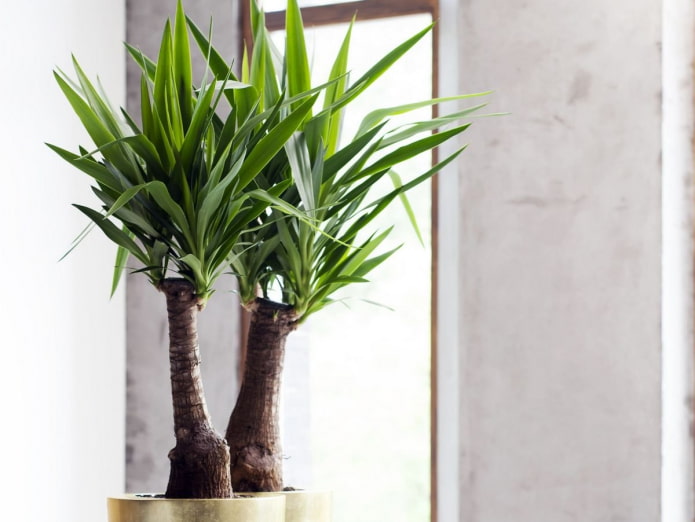
As for the arrangement in the rooms of the house, it is not recommended to keep flowers in the bedroom: they can negatively affect the relationship in the couple.
Another piece of advice – do not place the flowerpots closer than a meter from the desk, bed, recreation area – the rotting processes in the soil negatively affect the energy of the space.

One way or another, any advice about what flowers should not be kept at home remains just advice. Only you decide whether to believe them or not and what exactly should be grown, bred on your windowsills.
Now reading:
- Explore the Versatile Ford Tourneo Custom Van
- Types of foam blocks: advantages, disadvantages and differences from gas blocks.
- best kitchen products available at Fix Price for convenience and comfort.
- Discover the Versatile Fiat Ducato Van
- Effective Methods to Bring Old Seeds Back to Life and Save Money.